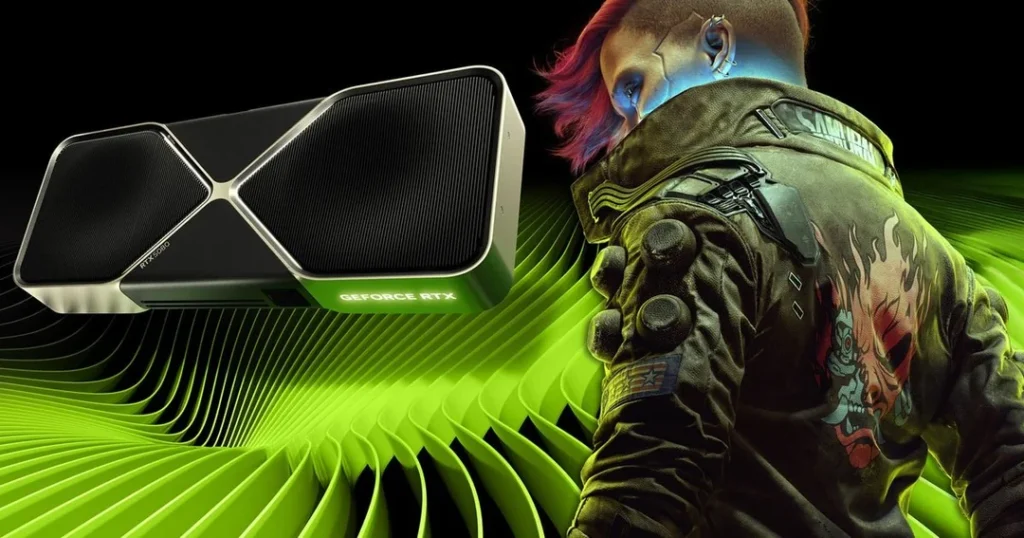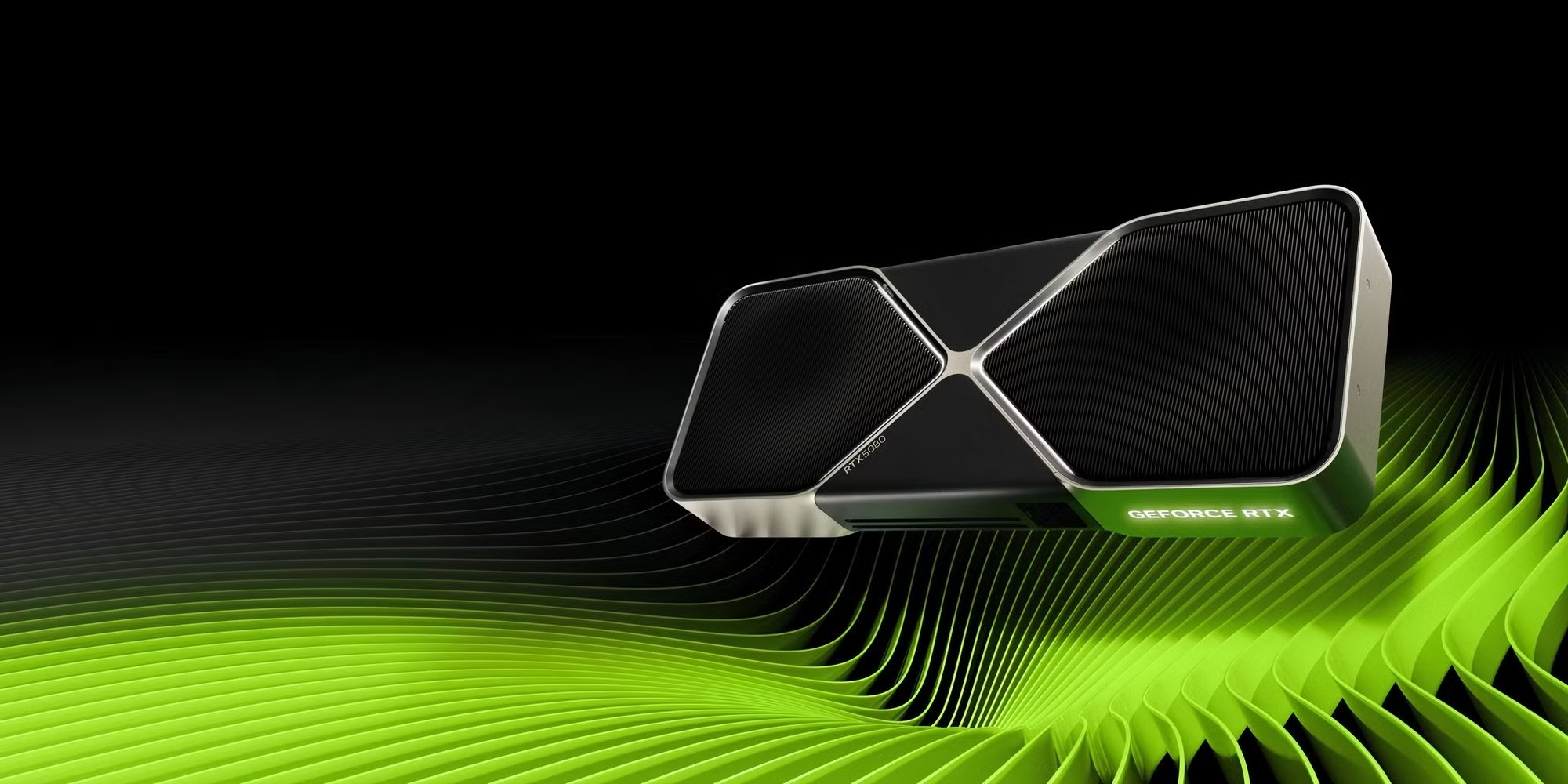The RTX 5090 doubles the framerate of the 4090, with a significant contribution from DLSS 4 and multi-frame gen.
Nvidia’s RTX 50-series, led by the $2,000 RTX 5090 with 32GB of VRAM, focuses on AI processing. It’s equipped with 21,760 CUDA cores and new Blackwell shader cores, but the real selling point is its 5th-gen Tensor cores and 3,352 TOPS of generative AI processing. For gamers, the promise lies in the new DLSS 4 and multi-frame gen, allowing games like Star Wars: Outlaws to run at over 250 FPS with less latency.
What Does Multi-Frame Gen Do to Make Games Run Better?
Nvidia’s frame gen predicts the next frame and inserts it based on the current in-game image. Multi-frame gen is faster and more efficient, improving framerates by 40% and reducing VRAM usage. For example, with multi-frame gen, a 5090 running Cyberpunk 2077 may reach up to 170 FPS, compared to the 90 FPS without it.

However, the debate centers on whether gamers will accept “fake frames” instead of rendered ones. While some may spot minor issues, Nvidia’s updated ray reconstruction improves detail, and Reflex 2 reduces latency for smoother gameplay. The real impact may be more noticeable in fast-paced games where precision matters.
What Games Benefit Most from Multi-Frame Gen?
Over 75 games, including Doom: The Dark Ages and Dune: Awakening, will support multi-frame gen. Games like Deep Rock Galactic don’t demand much from the GPU, but multi-frame gen can push the framerate higher than most monitors can display. The RTX 50-series, especially the 5090, offers top-tier performance, but the question remains: can users justify the expense for such a high-end card?
Which Gamers Will Benefit From the DLSS Updates?
Only the new RTX 50-series cards support multi-frame gen, while older cards will get access to updated DLSS features. Budget gamers, such as those using the RTX 5070, may benefit more from frame generation without worrying about “fake frames.” Ultimately, whether the frames are real or generated, the goal is to enhance the gaming experience, especially for those looking to run demanding games at peak performance.
